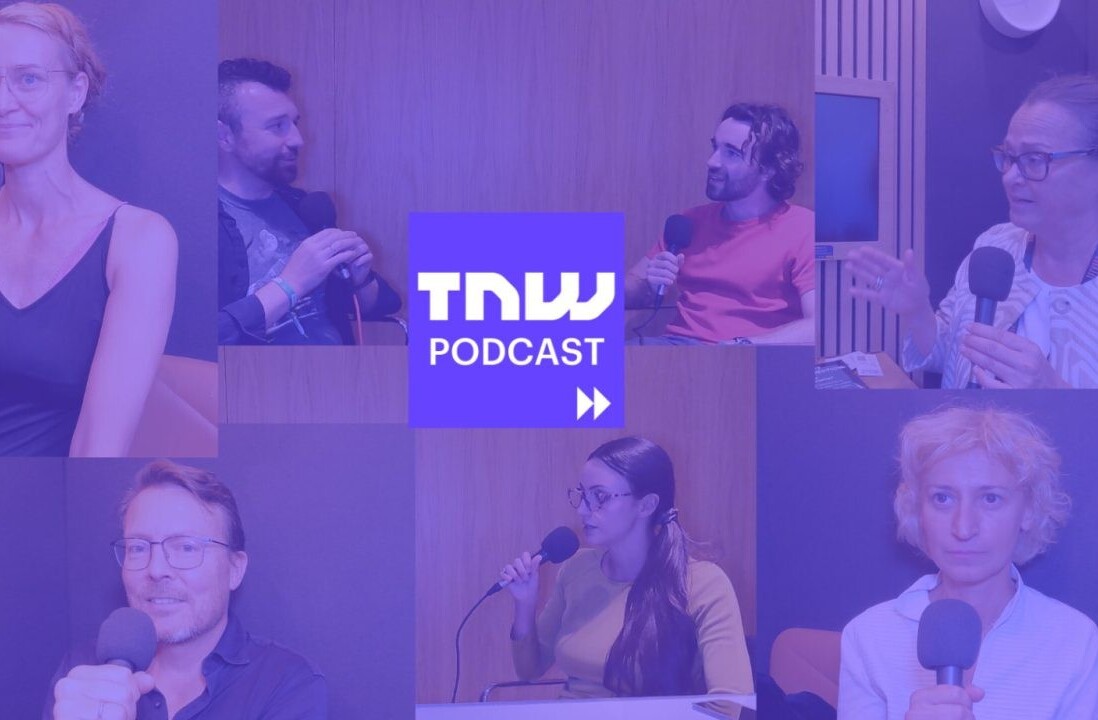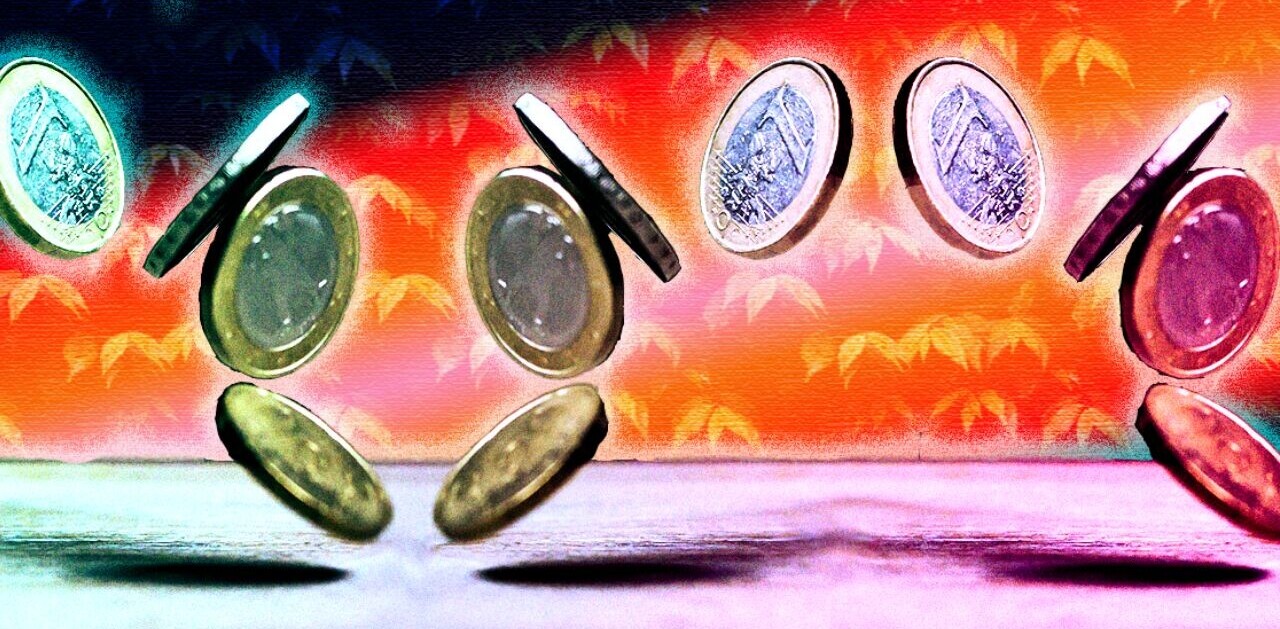
Ilya Pozin is the founder of Open Me and Ciplex and a columnist for Inc, Forbes, and LinkedIn.
You know how you often wake up without an alarm at about the same time every day? That’s your circadian rhythm, which works as your body’s internal alarm clock.
Being aware of your circadian rhythm might just be the key to improving your productivity and even your quality of life.
Your circadian rhythm follows a roughly 24-hour cycle, and respond primarily to light and darkness. It doesn’t just control sleeping and waking, it also controls important functions like lung capacity, hormone production, and body temperature.
Just like the human body has an optimal time to wake and to sleep, the circadian rhythm can be a smart way to set up your daily activities in order to get the most out of your day. From the best time to tweet to the smartest power hour to get through your pile of work, here are some productivity cues from your body’s circadian rhythm:
At 6 a.m.
One of the first things most of us do to start the day is check email. Skimming through our email has become like reading the newspaper; it’s an activity we focus on most heavily earlier in the day.
Reading your emails early can help you knock one item off your to-do list so it doesn’t serve as a distraction later on in the day. It also clears room for emergency emails that may show up later in the day.
Before 12 p.m.
Studies have shown you work at highest brain capacity, with your best focus and attention, before lunch hour.
So if you need to power through your workload, stack your cognitive-heavy tasks before the afternoon.
At 1 p.m.
After or during lunch is the time to check your Facebook, read a Tweet, or look at pictures of baby animals. Between 1 p.m. and 4 p.m. is when you’re most likely to get distracted.
By keeping this in mind, you can dedicate your mornings to your most brain-busting work, and schedule mental breaks for the afternoon when your attention span is already at its lowest.
At 2 p.m.
Take a nap. This is when your sleepiness is at its peak. Post-food and pre-burst of energy, this afternoon lull is likely to lull you to sleep.
Some progressive offices offer nap pods and other sleeping hidey-holes, 2 p.m. is the time to take advantage. This way you can refresh your mental reserves and tackle the rest of your day with renewed energy.
If you can’t take a nap, at least go for a walk, take a breather, and relax.
Between 4 and 5 p.m.
The early evening hours are the best time to work out and do any work which requires greater coordination. This is when our hand-eye coordination and lung capacity are performing at their peak.
So dust off those gym membership cards and hit the treadmill immediately after work before you get home and crash.
At 9 p.m.
A study published in Thinking & Reasoning found we tend to think more creativity when we’re tired. Fatigue and tiredness have been shown to free up thinking along non-linear paths, leading us to find new solutions to problems.
So while you might be exhausted right before bed, take some time to work on a solution to a tough problem, think up new innovations, or work on creative pursuits.
Our brains are most likely to throw out the conventional ways of thinking and take us down new pathways when we’re tired from a long day.
Perhaps the best productivity hack is just listening to our own bodies. By following our circadian rhythm we can ensure we’re working at our peak performance rate, and get the most out of our day.
What do you think? Do you build your day around your circadian rhythm? Share in the comments!
Get the TNW newsletter
Get the most important tech news in your inbox each week.





